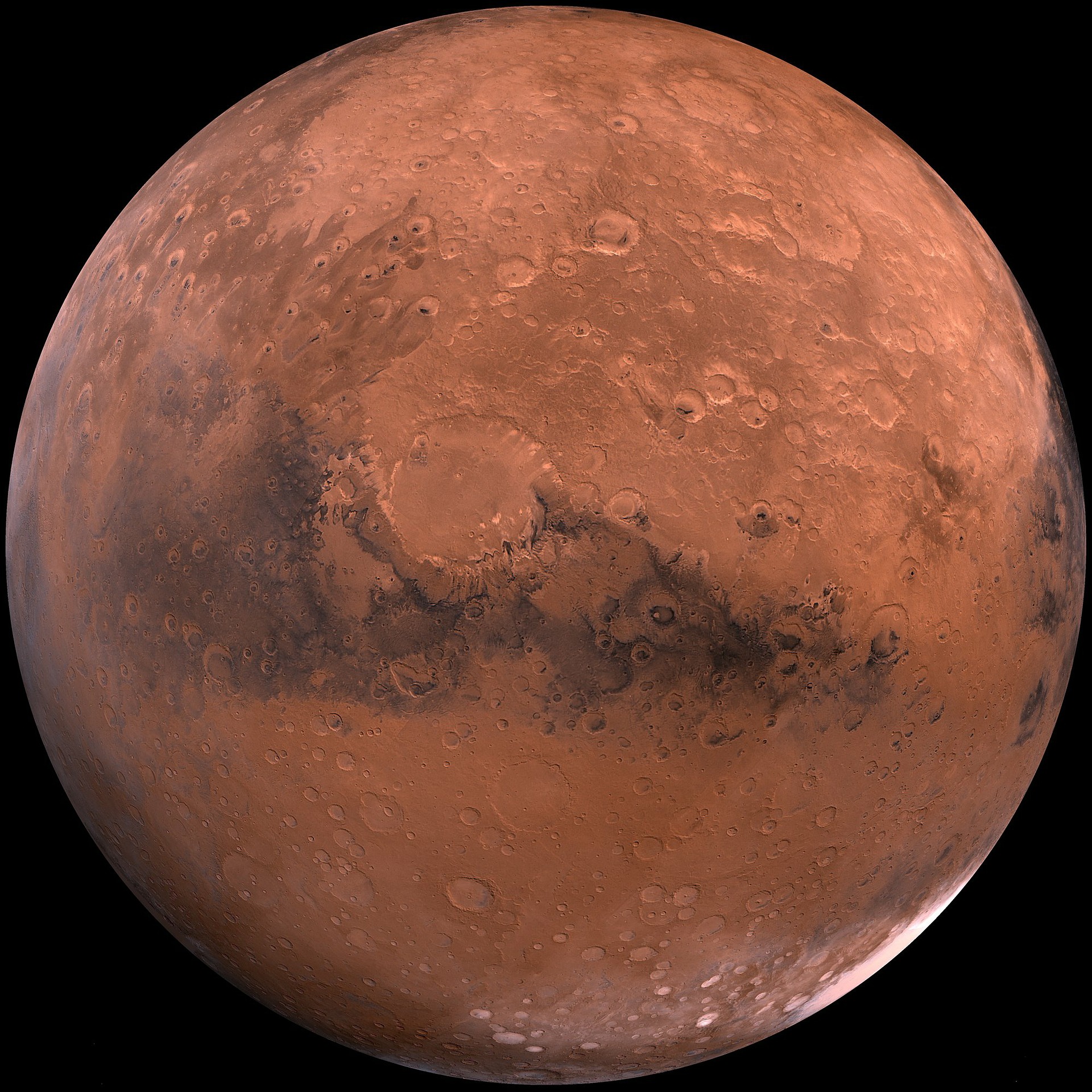Alien mania refuels moon-missions after half-a-century-long indifference

“This is, whether we like it or not, a race. Everything we do [in space] ought to be tied into getting to the moon ahead of the Russians.” – John Fitzgerald Kennedy, the 35th U.S. President, spoke to NASA Administrator James Webb on November 21, 1962.
President Kennedy’s statement above was meant to further fuel the ongoing space mission rivalry between the United States and the then USSR. This rivalry was specifically intensified by the Sputnik launch on October 4, 1957, which marked the beginning of the space age and initiated the US-USSR space race. This competition ultimately led to the establishment of the National Aeronautics and Space Administration (NASA). Earlier, the foundation for the competition was laid on August 2, 1955, when the Soviet Union responded to the US announcement of their similar intent to launch artificial satellites on July 30, 1955. The space race had its origins in the nuclear arms race between the two nations following the Second World War, after which the US and USSR emerged as the sole contenders for supremacy on the world stage.
Closed with Luna-24 in 1976, Russia made its attempted Luna-25 mission after 47 years. Unfortunately, the mission ended in failure on Sunday, as the probe reportedly crashed unexpectedly into the moon. Whereas, India’s Chandrayaan-3, launched on 14 July, has approached the closest point to the moon and is set to make a second landing attempt on the lunar surface on Wednesday, following the failure of Chandrayaan-2’s landing on September 7, 2019.
The Chandrayaan-3 lunar lander, scheduled for a soft touchdown on the far side—the side of the Moon permanently turned away from us, or the side we cannot view from Earth—today, on August 23, 2023, emerges as a moving reminder of humanity’s reignited passion for space exploration, fueled by the captivating possibility of uncovering extraterrestrial life.
Chandrayaan-3’s imminent touchdown embodies a convergence of technological prowess and human aspiration. Through this moon mission, the Indian Space Research Organization (ISRO) aims to etch its name in lunar history with the first-ever soft landing on the moon’s surface. The enormity of this achievement is highlighted by Professor Jonathan McDowell’s remark:
“The difficulties of getting something to the moon should not be underestimated.”
But India’s quest for the moon is not a solitary endeavor. It resonates with a larger narrative that echoes back to the era of the Space Race and extends beyond Earth’s boundaries. Russia’s recent attempt, though marred by the Luna-25 crash, illuminates the gravity of the challenge in lunar exploration. Luna-25’s failure has highlighted the intricate web of variables and technical complexities that underscore each mission’s trajectory. While disappointments punctuate the journey – as that of the fate of Russia’s Luna-25 – they are integral to the iterative nature of space exploration, inspiring a relentless pursuit of perfection.
Click this video to watch LIVE telecast of Chandrayaan-3 Soft-landing
Running in parallel with the renewed enthusiasm for lunar exploration is a resurgence of interest in the quest for alien life. Scientific investigation in this field began shortly after the advent of radio in the early 1900s, and focused international efforts have been ongoing only since the 1980s. The concept of using lunar observatories as platforms for detecting techno-signatures of advanced civilizations resonates as an innovative approach. Radio telescopes nestled on the Moon’s dark side hold promise as unblemished listeners to the cosmic symphony, untainted by Earth’s radio transmissions.
“The Moon is the most radio-quiet sky in the inner solar system, and there you could look for the ripples from these clouds,” said Prof Joseph Silk, Institut Astrophysique de Paris, and Oxford University.
That potential endeavor was nurtured by global collaborations, with NASA, the European Space Agency (ESA), and the National Astronomical Observatory of China considering this innovative concept.
Before hours of Chandrayaan-3’s soft-landing attempt, we are closely observing how the success of moon missions is inseparable from public enthusiasm, which serves as a powerful catalyst for funding and resources for nations. Popular culture’s portrayal of lunar voyages, from science fiction literature to cinematic masterpieces, influences public craze and encourages financial investment. The symbiotic relationship between science fiction and science fact amplifies the resonance of lunar endeavors, offering a glimpse of humanity’s collective imagination manifesting into perceivable reality.
Through recent Moon-missions, nations are refocusing their attention on the uncharted territories of the Moon’s dark side in a daring quest for signs of extraterrestrial life. The notion of establishing observatories on the Moon’s concealed face has simmered in astronomical discussions for years, only recently regaining prominence as humans gear up to revisit lunar landscapes. This resurgence of interest has elevated the concept from a speculative notion to a potential reality, marking the onset of an era ripe with scientific potential and unprecedented exploration of the world beyond.
The Moon’s synchronicity between rotation and revolution, ensuring its far side perpetually conceals itself from Earth, presents an ideal platform for radio telescopes to glean the secrets of the cosmos. This perspective offers the opportunity to intercept faint radio waves from the universe’s infancy, when light had yet to come into being. Glimpses of hydrogen clouds, remnants of the Big Bang’s aftermath, could unveil themselves as ethereal shadows or ripples against the backdrop of the Cosmic Microwave Background, the radiation that marked the universe’s birth. Distinguished cosmologists and experts have endorsed the concept of a 60-mile-wide antenna array stationed on the Moon’s far side, which could potentially capture the whispers of creation’s dawn.
“If you take observations from the far side of the Moon you can avoid many of the interference problems you get with ground-based astronomy,” Prof Xuelei Chen, of the National Astronomical Observatory of China. “There is a great potential for discoveries waiting there.”
As we embark on this new chapter of lunar exploration, with India’s Chandrayaan-3 poised to make its historical mark in just about 5 hours, the age-old question of alien life takes on an unprecedentedly passionate state.
Concurrently, the lunar intrigue dovetails with the legacy of a moonwalker, Edgar Mitchell, whose cosmic insights were as profound as his steps on lunar soil. Mitchell, one of the fortunate twelve to stand on the Moon’s surface, experienced a transformative shift in perspective when he observed Earth from the abyss of space. As Mitchell journeyed back to Earth, he finally found a moment to absorb the breathtaking view of our planet. Observing Earth from space transformed his perspective on himself and humanity, leading him to coin the term “overview effect,” as he shared in a 2016 interview with VICE. He described this experience as “powerful,” compelled him to question the essence of human existence and challenge the conventional boundaries of science and spirituality. His musings underscored the need for humanity to reevaluate its inquiries into the origins of life, suggesting that both scientific paradigms and religious dogmas may be insufficient to answer the age-old questions that haunt our collective consciousness.
“From looking at Earth from space you come up with the question, who are we, how did we get here and where’s all this going? And that’s an ancient, ancient question that humans have asked for a long time… My experience was to realize that perhaps our science is wrong at answering these questions and perhaps our religious cosmologies are archaic and flawed. And given that now we are an extraterrestrial civilization ourselves, we need to re-ask these questions, and do a lot more work to find the answers.” – Moon walker Edgar Mitchell, a PhD in aeronautics and astronautics from the Massachusetts Institute of Technology.
Mitchell’s testimony serves as a crucial reminder that our renewed engagement with space should also prompt us to revisit the fundamental questions that define our existence.
Yet, beneath the glittering veneer of cosmic romance lies the pragmatic foundation of funding and resources. The financial intricacies of space missions, characterized paradoxically as “astronomical,” punctuate the history of lunar exploration. The suspension of NASA’s Apollo program in December 1972, following Apollo 17, driven by financial constraints intertwined with political currents, serves as a stark reminder of our limitations in balancing between ambitious goals and available resources. However, the narrative has evolved since then. Private enterprises, led by trailblazers like Elon Musk and Jeff Bezos, are charting new trajectories, offering innovative avenues for space exploration and reigniting the embers of lunar aspirations.
For a long time in human history, the moon has served as a harbinger of knowledge, revealing insights into the mysteries of the universe. The Chinese missions of Chang’e-4, landed on 3 January 2019, the first to land on the moon’s far side, and the imminent endeavors of Chandrayaan-3 extend humanity’s reach into uncharted realms. These missions, braving extreme lunar conditions, gather vital data to unravel the moon’s enigmatic history, composition, and geological evolution.
Perhaps with our ancestors’ first-ever sight of the moon, the pursuit of extraterrestrial life and lunar exploration became intertwined seamlessly. The synergy of public fascination, scientific thirst, and societal dynamics propels these pursuits forward, kindling the spirit of exploration that once defined the Space Race. Lunar milestones achieved and anticipated underscore the timeless human attempt to think beyond our terrestrial boundaries, embodying the sentiment eloquently captured by Dr. Neil deGrasse Tyson:
“Space exploration is a force of nature unto itself that no other force in society can rival.”
As humanity’s collective dream turns once more to the so-called heavens, the legacy of Apollo’s footprints on the moon remains an indicator of inspiration. It’s a testament to our potential to overcome challenges, collaborate across borders, and unveil the secrets of the cosmos. As we embark on this new chapter of lunar exploration, with India’s Chandrayaan-3 poised to make its historical mark in just about four hours, the age-old question of alien life takes on an unprecedentedly passionate state. Are we alone? The answer, veiled in the mysteries of the universe, awaits humanity’s next steps in this cosmic waltz.
Auto Amazon Links: No products found.


